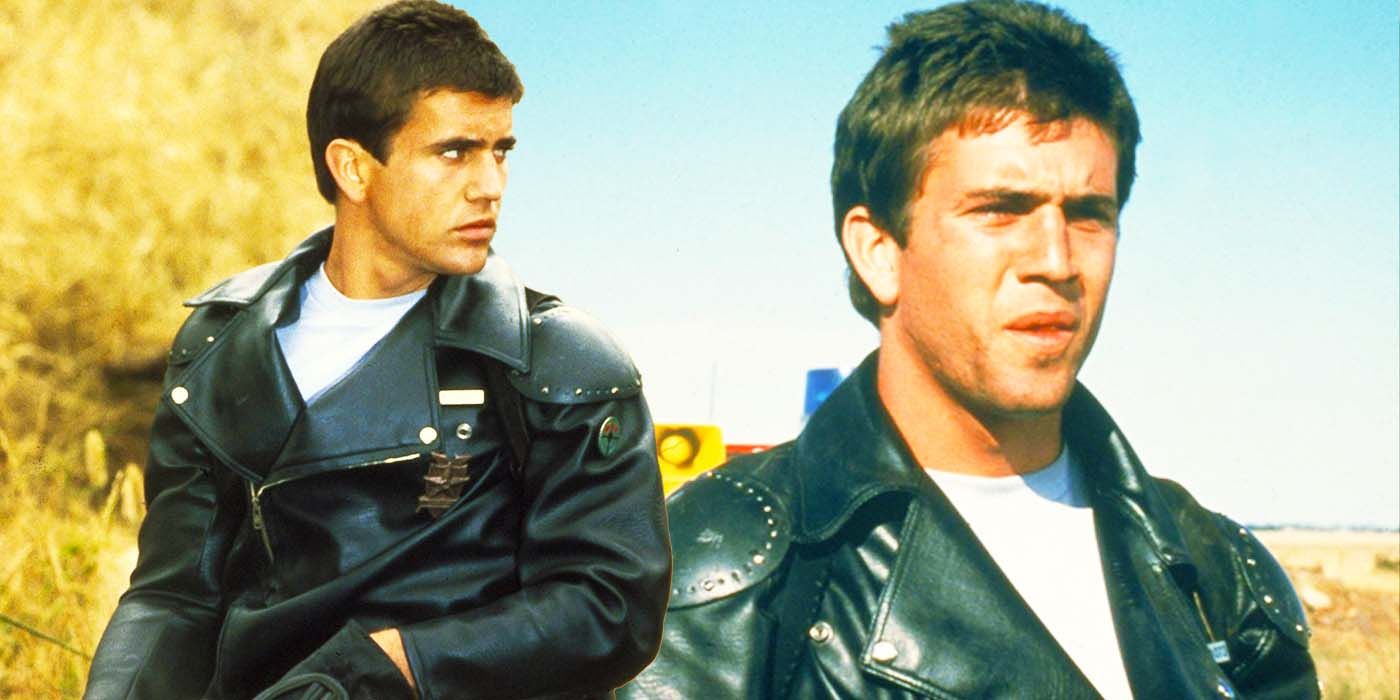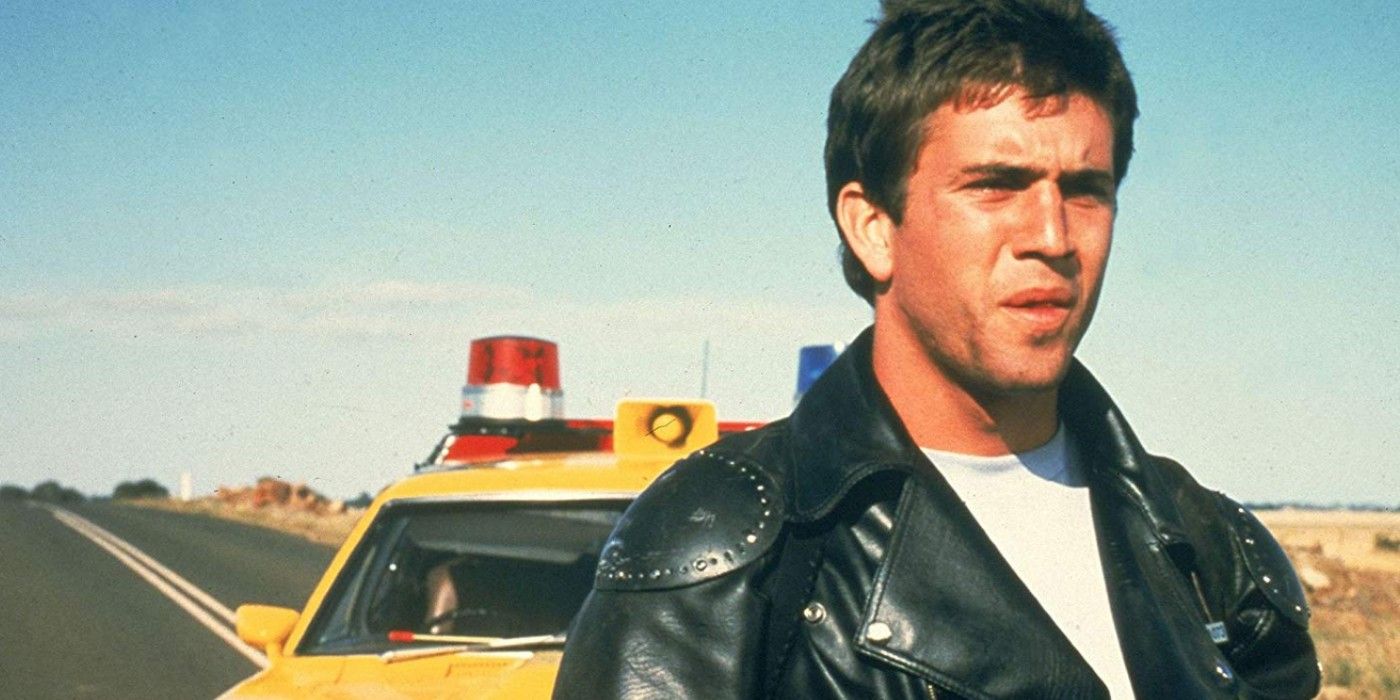While Mad Max director George Miller owes his career to the low-budget 1979 sci-fi action movie, the helmer was pretty harsh on the project when he first watched its early rough cuts. Long before there was Furiosa, Immortan Joe, and Fury Road, 1979 introduced the world to the original iteration of Mad Max. While the bigger-budget, faster-paced sequel The Road Warrior contained much of the cartoon-y, sunburnt desert dystopia elements that would make the franchise iconic, the original Mad Max was a very different beast.
A sparse, brutally downbeat revenge thriller, Mad Max is a far bleaker movie than many viewers remember. While its sequels piled on the vehicular mayhem, flamboyant costumes, and ambitious stuntwork, Mad Max was a deliberately paced thriller about a young police officer losing his family and gradually succumbing to his violent, primal urge for revenge. While it was set in the near future, Mad Max featured few sci-fi elements and kept most of its dramatic action to the closing act, wherein Mel Gibson’s mercurial title character wreaked bloody vengeance on the biker gang that killed his wife and child.
While Mad Max’s many rip-offs mostly borrowed the movie’s aesthetic but not its dark story, this grim plot did not stop Mad Max from becoming a massive hit upon release. Once the most profitable movie of all time, Mad Max earned over a hundred million dollars on a tiny budget of only 350,000. Despite this staggering achievement, Mad Max director and franchise mastermind George Miller struggled to finish the movie when he saw the first footage from Mad Max’s early cut. According to one interview (via The Guardian), where others saw a cult classic, Miller found himself only able to see the shots he didn’t get and the decisions he didn’t make thanks to the stress of filming and editing his low-budget debut.
What George Miller Said About Editing Mad Max
According to Miller, who went on to direct every Mad Max movie including the upcoming Furiosa spinoff, “the film was a complete disaster to me in terms of what I wanted to do… My partner, Byron Kennedy, and I had raised a pretty meager budget from our closest friends from school. So there was an obligation to get them back their money.” This stress led Miller to worry that he had made a movie that failed to entertain and didn’t live up to his ambitious vision. Aware that he needed to make a return on the investments of his friends and family, Miller forged on, but he remained worried about Mad Max’s chances with critics and viewers.
In an experience that would stand to Miller during the troubled production of Mad Max: Fury Road decades later, the director was forced to face his imperfect creation daily due to a lack of funds. Miller noted that “We had no money for an editor, so I cut the film myself for a year. And every day for a year I was faced with the evidence of what I hadn’t done, what I’d failed to do. Why did I put the camera there? Why didn’t I ask the actors to go faster?” Of course, upon release, the reaction to Mad Max was far from Miller’s doom-spiraling in the editor’s suite. Mad Max became a cult classic and a global phenomenon, launching its director and lead actor into Hollywood stardom and cementing its status as a classic of sci-fi cinema (if an unusually pessimistic one).


